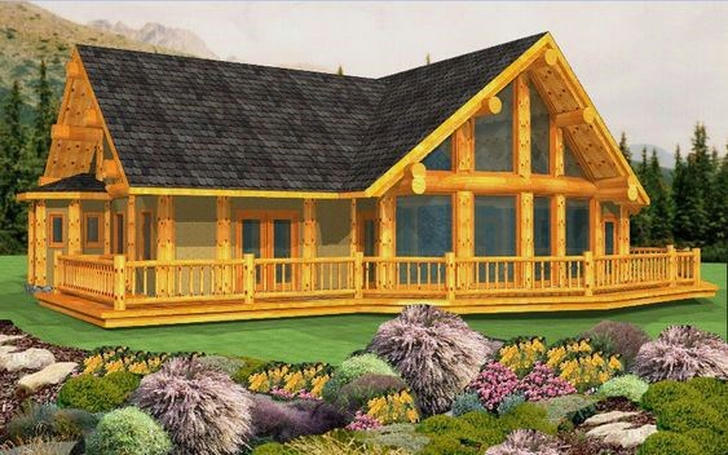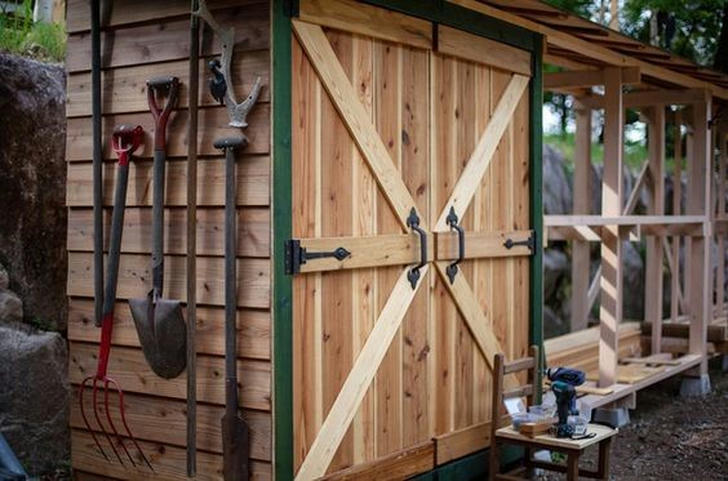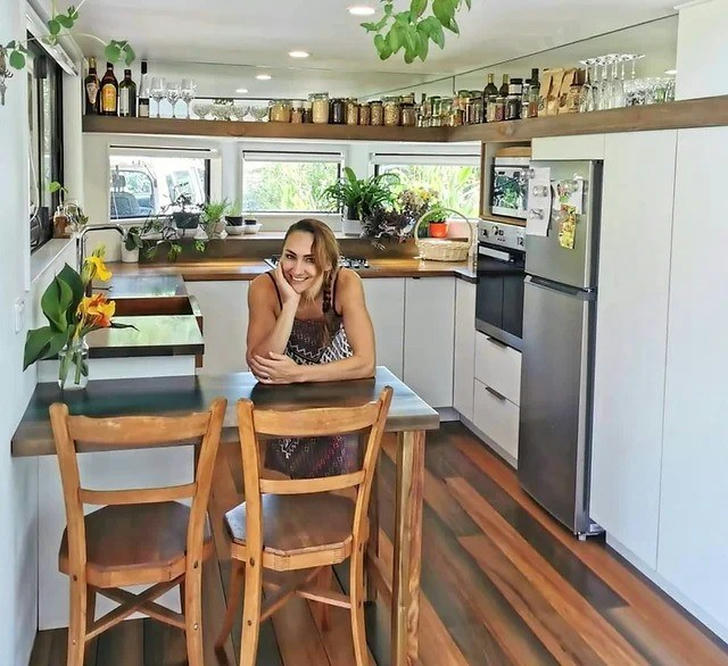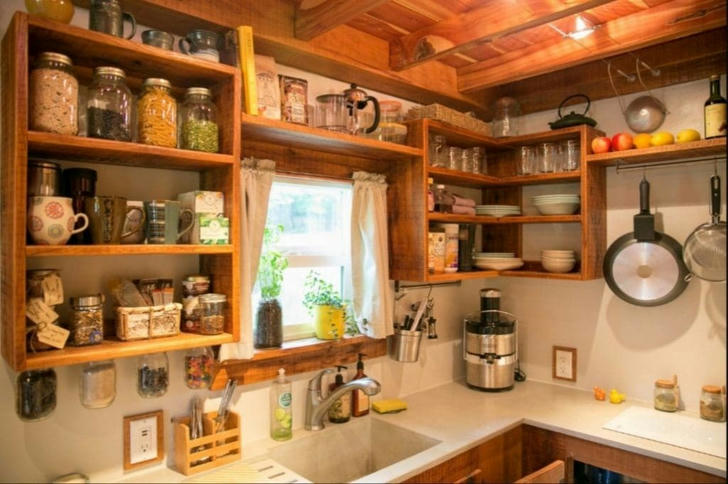Top 9 Essential Cabin Living Tips for Beginners: How to Thrive in a Remote Cabin

Cabins are typically located in natural environments far from the hustle and bustle of city life, surrounded by mountains, lakes, or meadows, allowing people to immerse themselves in the tranquility and beauty of nature. Waking up to the sound of birds every day and falling asleep under a starry sky can help people relax and escape the pressures of modern life. However, because cabins are often situated in remote areas, procuring daily necessities can become inconvenient. Accessing food, medicine, and other essentials depends on long trips or advance stocking, especially evident in harsh weather conditions.
This article provides tips for beginners on cabin living, helping you adapt better to a remote, simple environment while enjoying the serenity of nature.
1.Choose the Right Cabin
Determine Your Needs: Size, Location, and Budget
Decide the necessary cabin size based on the number of family members and the intended use (weekend getaway or long-term residence). Consider whether you need extra bedrooms, a studio, or storage space.
The cabin should be in a natural setting you prefer, such as in the mountains, forests, or by a lake. Additionally, consider the convenience of transportation and proximity to essential daily amenities.
Set a reasonable budget that covers the costs of buying or renting the cabin, as well as potential expenses for renovations, furniture, and infrastructure.
Consider Facilities: Water, Electricity, Heating, and Ventilation
Understand whether the cabin is connected to a water supply and electricity grid, or if you need to install rainwater collection systems or solar panels as alternative energy sources. Ensure the infrastructure is adequate.
Cabins are often located in colder climates, so it’s crucial to choose appropriate heating methods like wood stoves, gas heaters, or electric heaters to ensure warmth and comfort in winter.
To maintain air quality in the cabin, ensure good ventilation design, especially in humid areas like kitchens and bathrooms. A combination of natural and mechanical ventilation can enhance comfort.
Assess the Environment: Nearby Resources and Community Support
Consider the distance and accessibility of nearby amenities, such as supermarkets, hospitals, and repair shops. Especially in remote areas, ensuring adequate living support is key.
Learn about the surrounding community to see if there are friendly neighbors, local support organizations, or emergency rescue resources nearby, ensuring you can get help when needed.
2.Learn Basic Self-Sufficiency Skills
Grow your own vegetables and fruits, learn to fish for fresh ingredients, and acquire basic maintenance skills.
3.Manage Resources Effectively
Consider installing solar panels or wind turbines to reduce reliance on traditional energy.
Choose energy-efficient appliances and use energy-saving bulbs to reduce electricity consumption.
Install smart thermostats and lighting control systems to automatically adjust energy usage as needed.
Regularly check pipes and appliances to ensure there are no leaks, reducing waste. Periodically declutter and inventory your home items, maintaining simplicity and ensuring each item is necessary.
Opt for furniture that can double as storage space to enhance space utilization.
4.Stay Connected with the Outside World

When choosing a location, ensure good mobile signal coverage near the cabin for constant communication.
Select cabins close to lakes, mountains, or forests to facilitate outdoor activities for family members and maintain a connection with nature. Ensure the cabin is near stores, hospitals, and other infrastructure for convenience in daily life and emergencies.
Regularly hold family gatherings around the cabin or outdoors, such as picnics or barbecues, to strengthen family bonds.
Join local events and holiday celebrations to increase interactions with neighbors and enhance community belonging.
Create open communal areas in the cabin, such as dining rooms, living rooms, and game areas, to encourage family members to gather.
Set up terraces, swings, or outdoor dining areas to provide spaces for family gatherings and relaxation.
Design paths suitable for walking or cycling to facilitate communication with neighbors and friends.
Join local environmental organizations to participate in activities like tree planting and river clean-ups, focusing on and protecting the natural environment, enriching life, and enhancing family happiness.
5.Create a Comfortable Living Environment

Choose multifunctional furniture, such as sofa beds and foldable tables, to save space and enhance usability.
Use air purifiers or place green plants to improve air quality and add vitality to the space.
Add soft decorations like carpets, curtains, and bedding to enhance comfort and warmth.
Create designated relaxation areas, such as outdoor terraces or balconies, furnished with comfortable seating and tables, suitable for reading, tea drinking, or chatting with family and friends.
Hang family photos, travel memorabilia, or artwork on the walls to add personality and emotion to the space.
Incorporate natural elements, such as green plants and flowers, into the space to enhance the liveliness of the living environment.
6.Enjoy the Pleasures of Nature

Engage in outdoor activities like hiking, camping, biking, boating, and outdoor picnicking.
7.Mental Preparation and Adjustment
Study the characteristics of cabin living and understand the challenges you may face, such as feelings of loneliness, resource limitations, and maintenance tasks. Learn about specific issues that may arise in cabin living, such as energy management and water source maintenance, and acquire relevant practical skills.
Maintain an open mindset towards unforeseen difficulties and learn to respond flexibly.
Cabin living may lead to more alone time; learn to enjoy this solitude, using the time for self-reflection and growth.
Engage in activities such as reading, writing, or artistic creation to enrich your alone time and enhance self-awareness.
8.Maintain Safety and Health

Install high-quality locks to ensure the security of the cabin.
Utilize the natural surroundings of the cabin to engage in outdoor activities, such as hiking and biking, to maintain physical health.
Keep the interior of the cabin clean, regularly cleaning and disinfecting to prevent bacterial growth.
Prepare an emergency first aid kit containing basic medical supplies, such as bandages, disinfectants, and pain relievers.
Grow fresh vegetables and fruits to ensure your family consumes healthy food. Create a healthy meal plan to ensure nutritional balance, with sufficient protein, vitamins, and minerals.
Limit the intake of processed foods and sugars to enhance the body’s immunity.
9.Harvest and Grow
In the cabin, you can closely observe the changing seasons, such as the blooming flowers in spring, the shade in summer, the falling leaves in autumn, and the snowy landscapes in winter. This intimate contact with nature can enhance your observation and perception skills.
You may learn how to grow vegetables and fruits or engage in simple gardening, skills that not only improve self-management but also cultivate a sense of responsibility. The beauty of the natural environment and a simple lifestyle can reduce anxiety and uplift your mood. Spending time outdoors daily, soaking up sunlight and fresh air, contributes to better mental health.
Living in a relatively independent environment can help you handle various life matters more confidently, fostering the ability to live independently.
